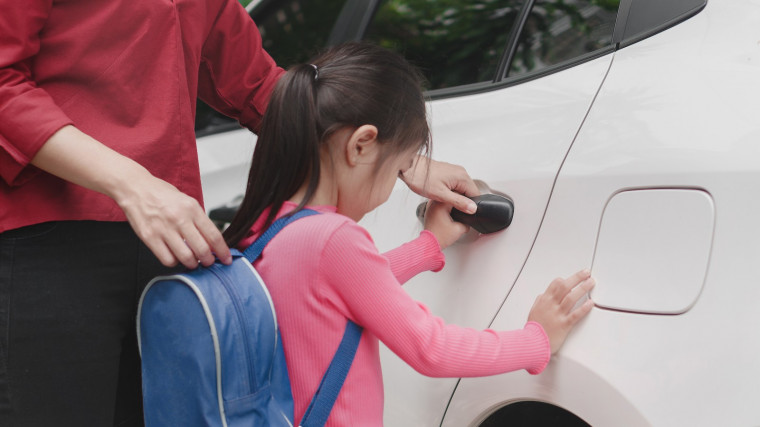|
Audio Version Available
|
It has barely been two weeks into the new year and we already have our first school-related drama.
For all parents’ concerns about primary school children getting the vaccine, it is an old issue that has reared its ugly head.
Last week, a video went viral of a white Bentley at Red Swastika School in Bedok cutting the queue of pupil-ferrying cars waiting to drop off their passengers. Not only that, the driver proceeded to inch the car forward, pushing into a security guard, leaving him with minor injuries. The 61-year-old driver has since been arrested for a rash act causing hurt.
CNA followed up with a report on how with the new school year, jams are appearing again at popular schools as parents line up to drop off their charges. The images were pretty jarring, with pictures of cars taking up multiple lanes leading to the school gates.
Parents talked about hitting the “sweet spot” – usually before 7am – after which the jam builds and waiting times increase exponentially, often ending up with a 20 to 30 minute wait along a stretch of a few hundred metres.
Times like these can be stressful enough, but if a parent needs to make multiple drop-offs for children at different schools, the pressure (and blood pressure) shoots through the roof.
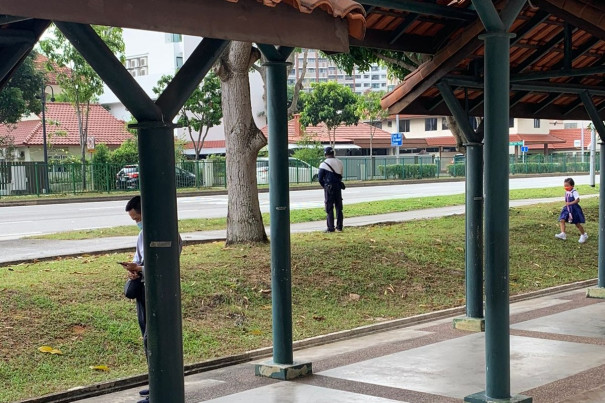
The Straits Times’ Christopher Tan made the environmental argument: That it didn’t make any sense to have parents and grandparents chauffeur their charges in the mornings (and wait for them at afternoon dismissals) when MRT stations abound near schools, and public transport options have improved.
He pointed out that for schools near MRT stations, there hasn’t been any visible difference in the congestion caused by cars ferrying pupils before and after the stations started operations.
He made the very reasonable argument that taking public transport could be more efficient that waiting in a line of cars. If the fear is that the students are too young to travel by themselves, then parents can accompany their children on buses.
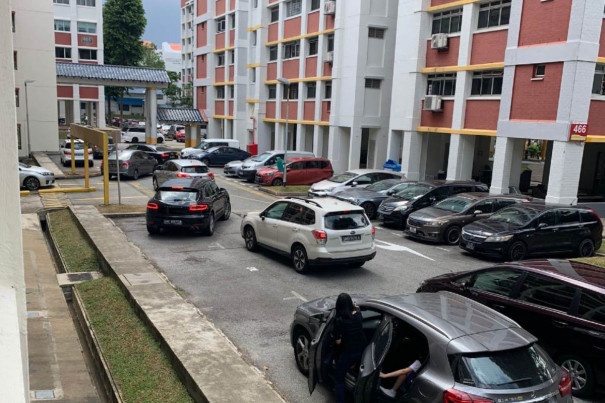
He further suggested that if the route is too far or troublesome for public transport options, then parents should consider dropping their children off at alternative less crowded areas – such as an HDB estate. A walk would do our kids good, he adds.
And finally said that having schoolkids take public transport builds independence and resilience.
“If we really want to foster a car-lite way of life, what better way than to wean the next generation off their dependence on private transportation and persuade young people that commuting by bus or train can be as efficient?”
Not a new issue
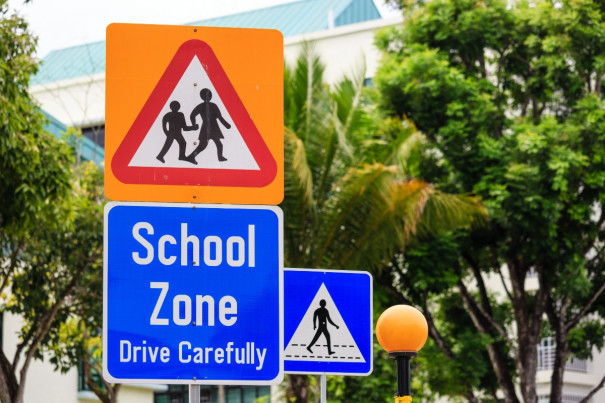
But what’s with all this hoo-ha over something that has been almost an inescapable part of the parenting journey? Worrying about how our children get to school (and then deciding to drive and get angry at other drivers – mostly from behind the wheel in our cars) is almost a rite of passage for parents in Singapore
I suspect that after two years of Covid, we’ve become too used to flexible work arrangements and emptier roads. This has made us too susceptible to frayed nerves and tempers when timetables have become tighter again.
School run woes have always been a part of school life. But we’ve forgotten how to deal with it.
A friend of mine tells me that her school run is particularly grim in the mornings in the Dover area, where there are a large number of schools.
“Sometimes, I just pray that there aren’t any major incidents. This morning, there was an ambulance trying to get through the jam,” she recounts. “I had to take a different route home!”
Dropping off more than one child makes things worse, and that means planning a route that needs to account for multiple factors.
Forget studying calculus, try planning a route that allows you to drop a secondary school teenager and a primary school child at different schools kilometres apart, while maximising their sleep and minimising your time on the roads – then realising that there are about a thousand other parents doing the exact same thing, at the exact same time.
If that scenario gives you palpitations, don’t worry, you’re not alone.
Solutions: Waking up early, and taking a walk
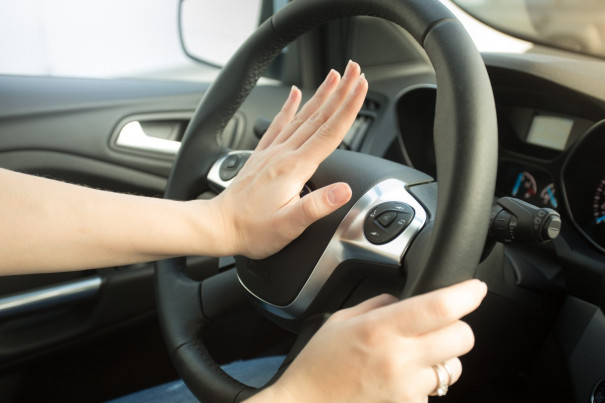
Another friend, who sends his two girls to primary school every day, tells me that public transport is out of the question for him: “I’ve got no choice because we live far away. When I send my girls, there’s always a jam. So many impatient drivers, and parents are rushing, parking illegally, which makes things worse!”
His solution? Getting up early (his girls wake up at 5.30am) so that they can get to school before 7am.
He believes that parents are stressed because many are also going back to the office. As for him, being a private-hire driver means that he has more control over his schedule. While he still needs to work long hours, the ride to school is a cherished moment for him.
“I get to spend time with my girls. I spend most of my time driving, so I hardly see them. The 30 minutes I spend with them is very precious to me.”
Similarly, another friend whose son and daughter are both in a primary school in the Bukit Timah area mentions that he sends them to school because it’s an important bonding time for him.
He says: “I have limited time with them throughout the day due to work so the time to send them to school is valuable. Also, dropping them off means that they don’t have to wake up too early to take the school bus.”
He admits that it is a challenge to wake up early but he does it to avoid the jams. He adds that the queue at the school is well managed and the lines move briskly.
Another solution is to use a different kind of “kar” (Hokkien for leg), he quips.
“We park at a nearby HDB carpark and walk so we avoid most of the wait!”
Solution: Stagger the schedule
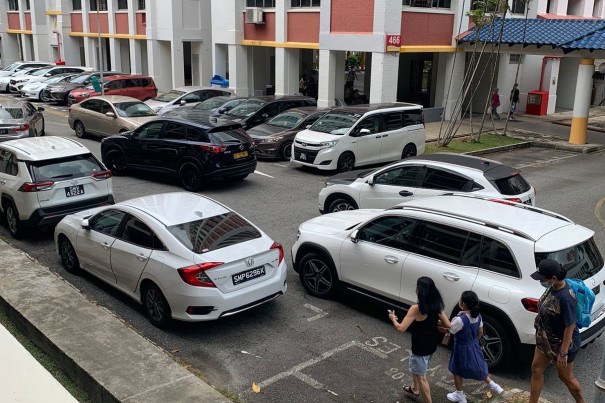
Perhaps a real solution is to commit more with staggered timings. Schools are already experimenting with staggered dismissal times, which has led to much less congestion in the afternoons.
If we can follow that up with staggered start times, perhaps at 8am or 8.30am for older students (as it was discussed in Parliament last year), it could relieve a lot of pressure on parents and allow them to spend the time bonding with their children.
More than that, as parents are going back to their workplaces, let’s learn the lessons of Covid and allow more flexible working hours to continue.
If parents don’t have to worry about getting to the office after dropping off their children, that would remove another stressor on the morning school run.
Cherishing time with children

It is gratifying (and little surprising, I must admit) to be reminded, amid the negative headlines, that many parents do cherish their time with their kids.
Another friend, who sends her daughter to school by bus, tells me that she does it because she wants to, not because she has to.
Her girl, who is in Primary 6 this year, has no issue taking the 10-minute bus ride to school by herself (she does that after school anyway).
Explains my friend: “I want to spend time with her, even if it’s for a short while. Because I know I probably won’t be able to do so when she gets to secondary school.”
“That’s why I treasure my time with her now.”
If you like what you read, follow us on Twitter and Google News to get the latest updates.
